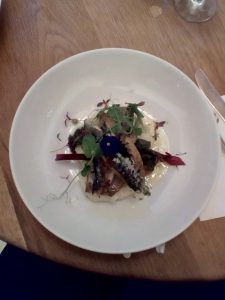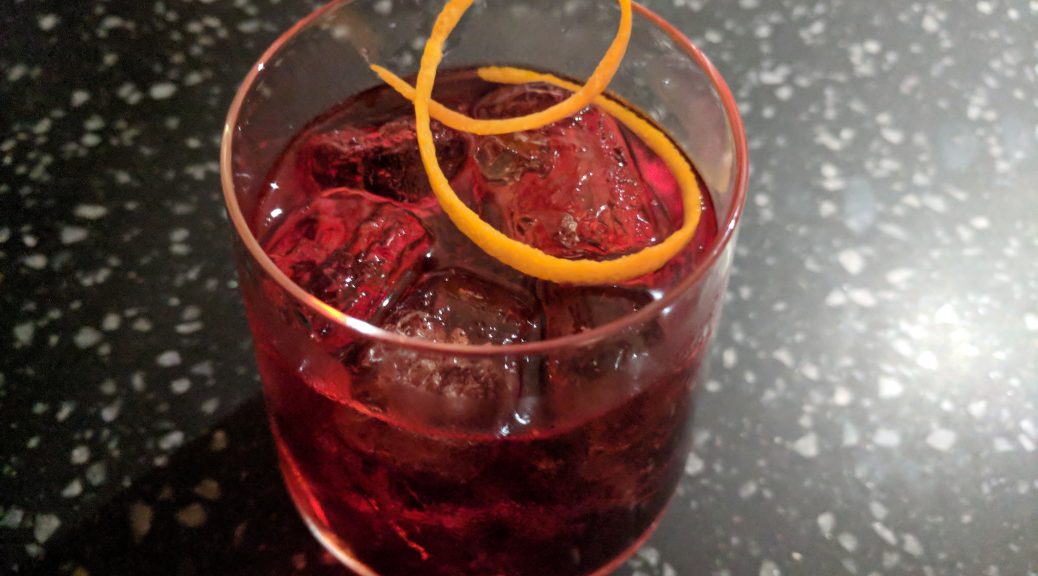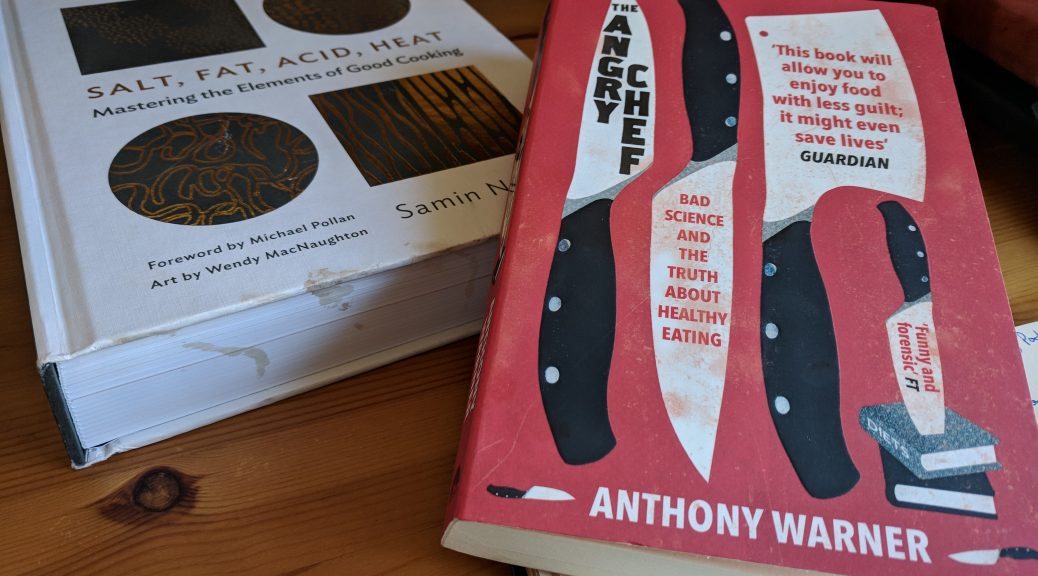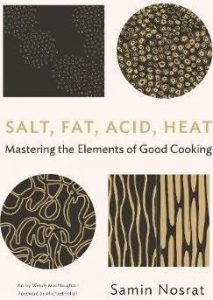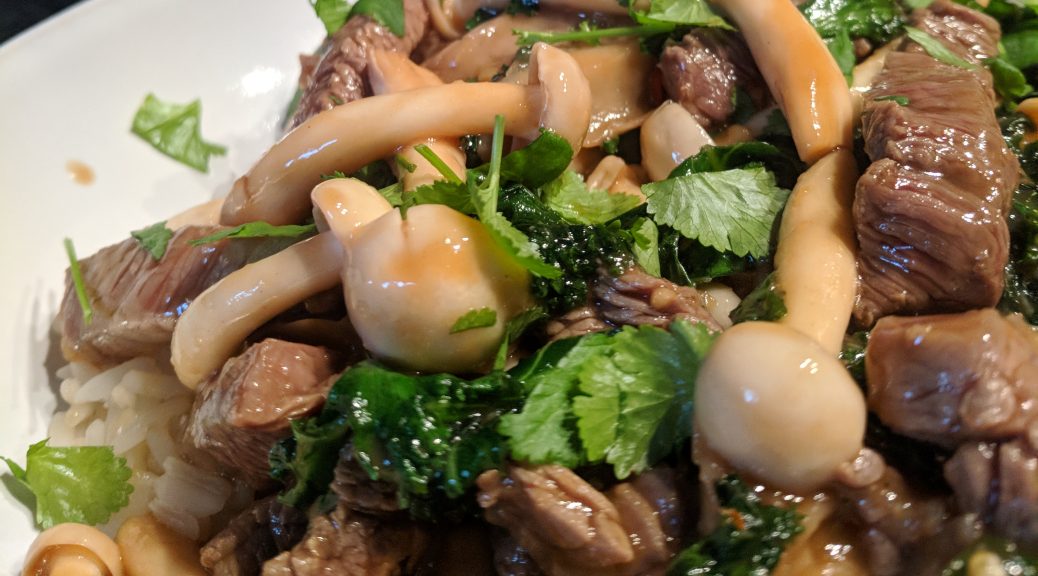
Drinks Friday – Cider!
In a poorly judged and frankly completely failed attempt to lose some weight, I decided to stop drinking beer (as much) this month. As you might imagine, my entirely lukewarm approach to dieting was in part responsible for the failure. The other contributing factor was that I replaced beer with cider. There was some logic to this: I tend to drink cider more slowly. I think. Bottom line is I didn’t lose any weight but I did drink some interesting apple based beverages that I hadn’t tried before, so it wasn’t a complete loss.
Here is a run-down of three of the more interesting drinks I drank. Drunk? Drinked? Yay for cider!
-
– Thatchers Leaf Twister
This is a sparkling cider with a clean taste similar to eating a fresh apple, a little sweeter than I was expecting but with enough sharpness to balance it. The overall effect is very refreshing and deceptively easy to drink. At 5% it is stronger than it tastes but the cans are small so you can go crazy (drink responsibly). On the subject of the cans – when did cider makers decide to adopt the weird, matt feel cans that so many craft beers come in? It’s not that I don’t like them, but it’s a really strange, pointless trend.
The name of this drink is a point against it too. If it was simply named ‘Leaf Twister’, I wouldn’t have an issue, but its full name is: ‘Original cider crafter Stan’s Thatchers leaf twister full-bodied sparkling cider’. I would drink this again, but probably out of a glass so other people couldn’t see what I was drinking and mistake me for a hipster.
-
– Elk Warning – Blackberry
This Swedish cider is similar to Kopparberg and Rekordalig in style using a fairly neutral apple base and allowing the fruit flavours to shine. I am not normally a fan of this style of cider but actually quite enjoyed this one; the blackberry flavour tastes natural (I find many fruit ciders taste very synthetic) and is allowed to shine. It is a bit too sweet for my tastes, but has proven to me that I can enjoy this style of cider. The hipster can makes another appearance here, and this cider is also available in strawberry flavour, but the less said about that the better.
-
– Orchard Pig Hog Father
This is the kind of cider that would get me into trouble. It is dry and crisp, with just enough sweetness to keep it going down easily. It is lightly sparkling – effervescent without leaving you feeling bloated, and it packs a punch. A very respectable 7.4% ensures that it tastes strong and grown-up. While I enjoyed the previous two drinks, this is the one that I will keep buying. Of these three ciders, Hog Father is definitely my top pick: It tastes great, has a sneaky Discworld reference in its name and perhaps most importantly, given that I have apparently got a bee in my bonnet about little cans, It is sold in big, brown, glass bottles.
Have you got a favourite cider to recommend? Share your thoughts in the comments below. Next month’s drinks Friday will be a good one – I will be selflessly working my way through a beer advent calendar over the next few weeks ready to review it before December starts. I know, I’m all heart (conditions).




